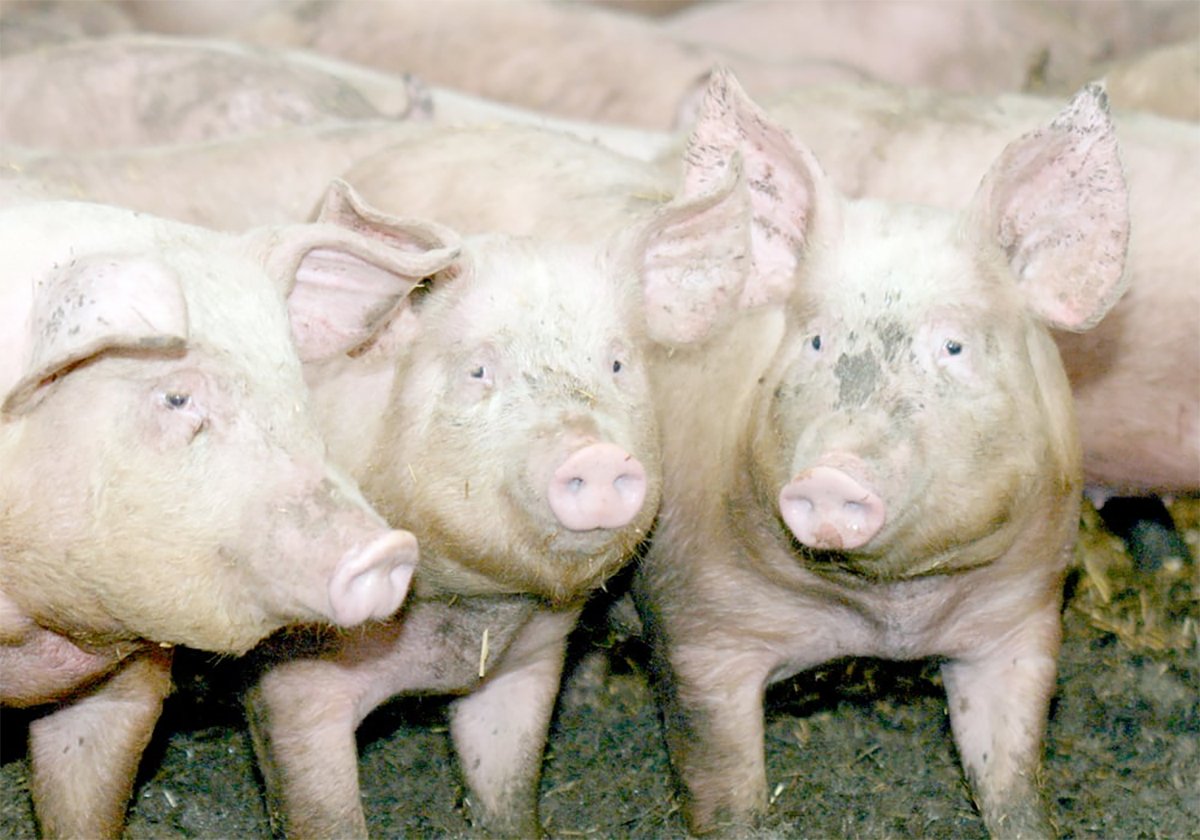RED DEER – Alberta’s chicken and egg producer organizations are each
offering quota leasing options to certified organic growers.
Up to 200,000 kilograms worth of quota will be released for organic
broiler producers.
Individuals can lease up to 30,000 kg at a cost of 21 cents per kg.
The Alberta Egg Producers Board recently met with stakeholders to
develop their own lease program. The plan sets aside 5,000 layers per
producer from the next quota release period, said egg producer
Read Also

The Western Producer Livestock Report – November 13, 2025
Western Producer Livestock Report for November 13, 2025. See U.S. & Canadian hog prices, Canadian bison & lamb market data and sales insights.
association manager Susan Gal.
Over time, the price of the egg quota increases until the seventh year
of participation when producers can decide whether to become
full-fledged egg quota holders. Egg producers must ratify the decision
this spring.
Members of the Alberta Chicken Producers Board voted in favour of a
similar lease program during their annual meeting in Red Deer Feb. 27.
“This is a way we can work with them and encourage them,” said chicken
board director Dave Hyink.
The broiler program is not targeted at a specific region or processing
facility, but rather at new certified organic growers. Anyone in the
province, including quota holders, may apply if they have achieved
organic certification.
A grower may have up to 2,000 birds per year without a quota. Most
organic production is sold privately or through farmers’ markets.
To be eligible for the leasing program, producers must have recognized
organic certification. The same rules apply to conventional producers
in the supply managed system and the smaller organic producers.
This includes paying the board levy of 1.25 cents per kg to the chicken
producers board for poultry promotion and research.
If the entire quota is allocated under this program, the board would
receive $42,000 that could be used to pay for other programs such as
promotion and research.
Some producers at the meeting were concerned about food safety controls.
The industry is moving toward an on-farm safety program and growers
want assurances the product is safe for consumption, whether it is
raised traditionally or organically.
Others worried that allowing organic production into their system could
give consumers the impression that the product is somehow superior.
“These producers want to be part of our system,” said Hyink.
“In their advertising they do need to advertise they are distinctly
different, that’s just part of their marketing and that will always be
there,” he said.
Hyink suggested opening quota to the organic producers might actually
improve chicken consumption.















